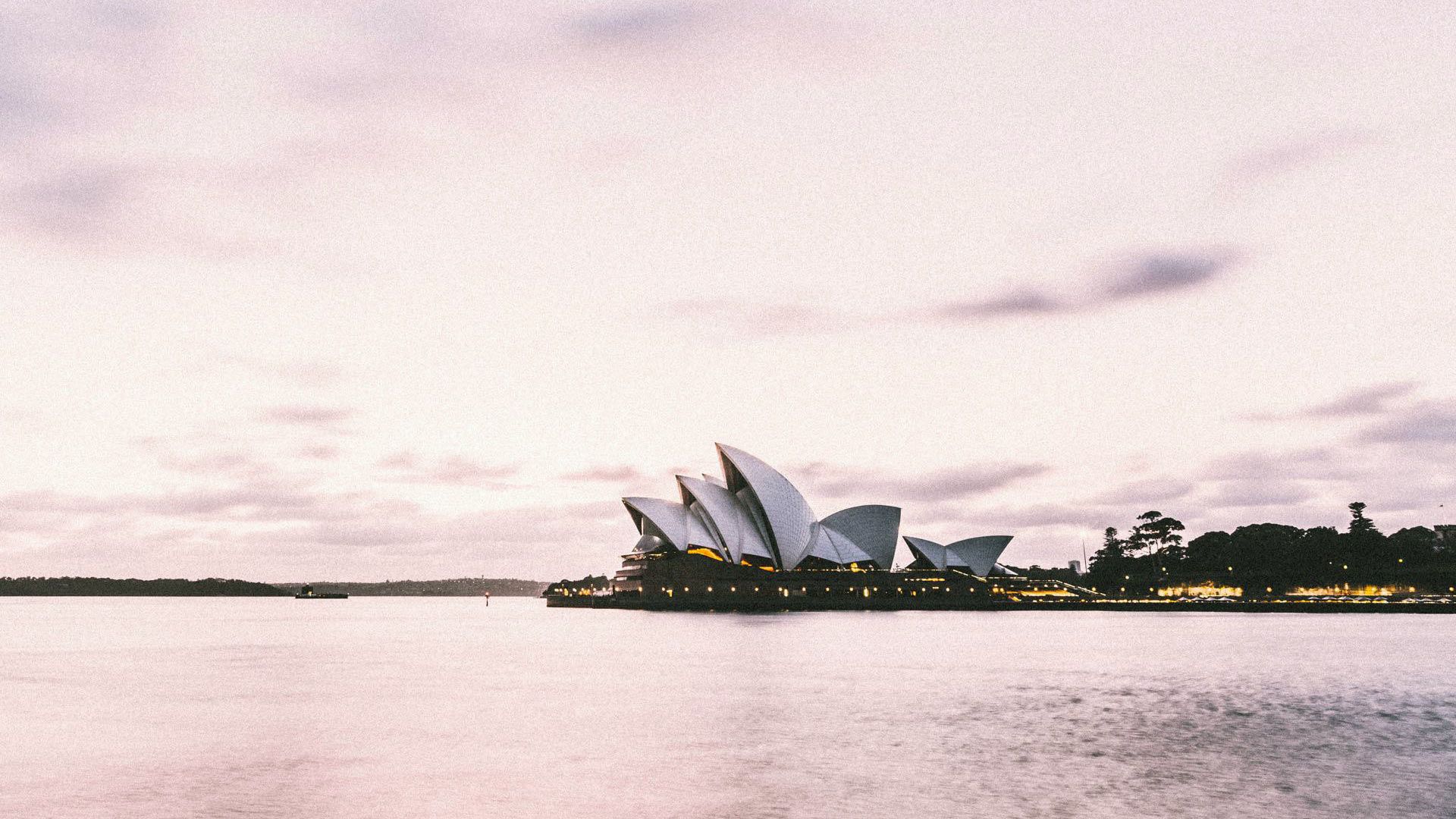Australia
Sydney
The millennium drought affected all of Australia, and certainly it’s star city Sydney. This drought caused serious water security concerns for Sydney in the past, and further strain on the current water supplies is expected into the future.

City Water Stories
Amsterdam
Since a cloudburst in the summer of 2014 and many more severe cloudbursts since then in other regions of the Netherlands, the urgency for a way to adapt this buzzing international city grew. Hence Waternet, the well-known innovative water utility of Amsterdam and its surroundings, created Amsterdam Rainproof.
Brisbane
In the past two decades, Brisbane has experienced the millennium drought (1995 – 2009) and two significant floods (2011 and 2013), and as a subtropical city it is also affected by frequent and severe storms.
Copenhengen
Copenhagen is a northern harbour city which has experienced a number of severe rainfall events, namely cloudbursts, with the largest pouring down in July 2011. The damages amounted to around 1 billion US dollars, and climate projections predict even larger events in the future. Protecting citizens and businesses from the impacts of climate change, while also continuing to secure high quality drinking water for a growing population are the concerns related to water.
Dakar
Dakar’s urban population is exploding with an annual growth rate of 2.5% and urbanisation rate of 97.2%. This massive urban expansion leads to overpopulation and construction in restricted areas, creating illegal slums without planned infrastructure including proper drainage and sewage systems.
Gothenburg
Built into a low-lying swamp area near the Göta River estuary, Gothenburg finds itself in a strategic yet vulnerable place. Flood risks and sea level rise are the two most important challenges the city is now facing.
Kampala
Kampala is Uganda’s largest city and is located at the periphery of Lake Victoria, Africa’s largest fresh water lake. Kampala is rapidly growing, with economic opportunities driving the rural-urban migration, and consequently increasing the rate of informal settlements.
Kunshan
Due to the city’s low-lying nature, Kunshan, a city in China’s Jiangsu Province, has faced frequent inundation throughout time.
Lyon
Lyon, the beautiful French city at the intersection of the Rhone and Saone rivers, is expecting some changes.
Perth
Perth is on the frontier of extremes, isolated from all other major cities in Australia on the largely wild west coast. Perth’s declining water availability from both surface and groundwater sources is well recognised.
Shenzhen
The city of Shenzhen was established in 1979, and in a swift 36 years, this tiny border town of just over 30,000 people has grown into a modern metropolis. However, rapid urbanization has brought with it many challenges, including serious water crises in the form of stormwater pollution and flood risks.
Singapore
This international port city is no stranger to shifting tides. With limited land to collect and store rainwater, Singapore has faced drought, floods and water pollution in their early years of nation building.
Xi'an
Xi’an is located in the middle of the Yellow River basin, one of the largest river basins in the world. Even with all this water around, the city still faces severe water shortages for a growing population.
Subscribe to our newsletters
IWA and sector updates
to your inbox
Follow us